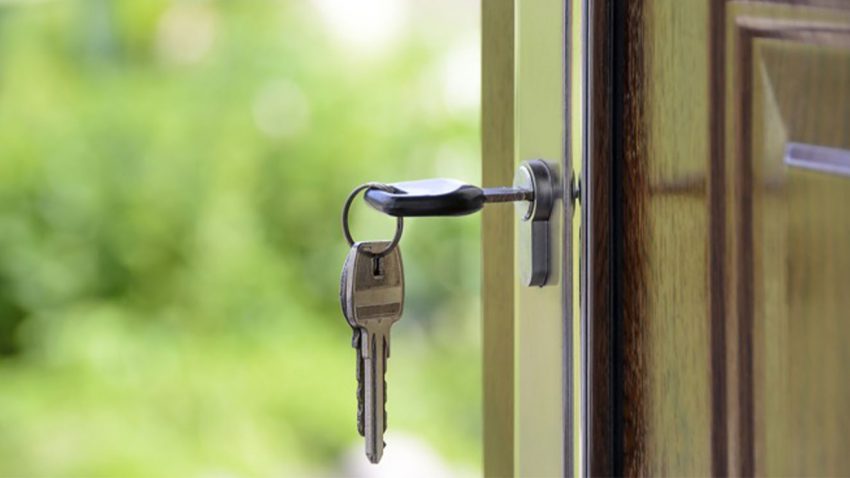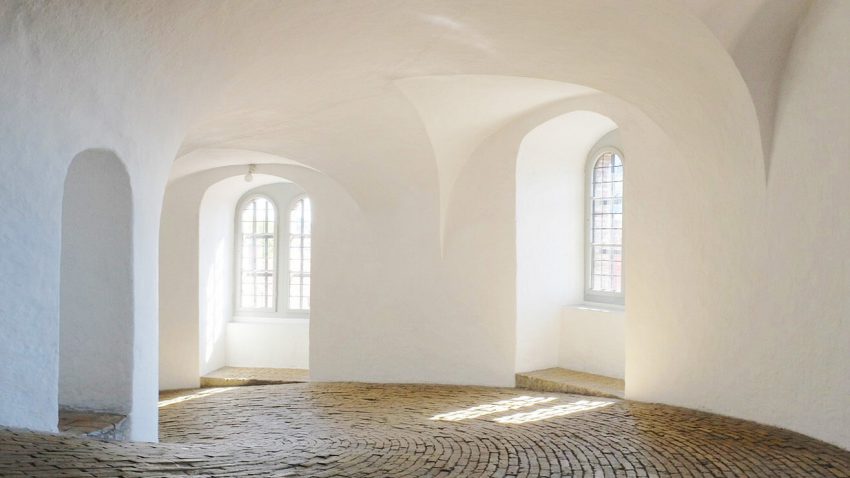Note: This post is part of our Real Estate Series on selling your house with video. View last week’s post here.
When it comes to giving a virtual video tour of your house, the best approach is likely to be a minimalist one with no tour guide to distract viewers, just all the most striking views of the house itself. We put together a list of video tactics to help you get the best footage from your video tour. Each of the tactics listed below has the goal of either creating a sense of spaciousness, getting interesting and well-composed shots, and achieving a professional polish — all things that will generate interest from your target audience. Here’s how to get started:
1. Survey the space
Start in each room you plan to show by walking around the space to identify the best viewpoints, keeping in mind that a major objective is to make the space feel big. Taking photos with a phone or digital camera from all prospective angles, and reviewing them once you’re out of the room, will help you judge the best sightlines and scenes since a room might look very different on camera than in person.
2. Choose a shooting height
To get attractive composition in your shots, decide the best height for the camera before you start shooting each space. Essentially, you want to show the contents of the room (not too much floor or too much ceiling) and to choose a height that showcases any interesting house features. The ideal height will show off the spaciousness of the room while allowing for easy panning and minimal tilting, resulting in a smooth shot.
3. Use a wide-angle lens
Invest in a wide-angle lens for your camera, if you don’t already have one. Wide-angle lenses are specifically designed to get more space into a shot, and to emphasize distance. However, if the space is too small, you might end up with a noticeably curved view — dubbed the “fish-eye effect” — that could put viewers off, so keep another lens handy for filming smaller spaces.
4. Use a rolling tripod or camera stabilization system
A rolling tripod or handheld camera stabilization system will help you get smooth, professional shots through the house, and achieve the “tour” feel without a bumpy ride. You’ll also have more stable range of movement for panning across large spaces. If you are shooting with an iPad or even an iPhone, there are many inexpensive options available to lend a more professional polish to your shots.

5. Create distance
Try to shoot with your back close to the walls whenever possible. This will help you get most of the room space into the frame, and help you avoid the fish-eye effect (see number 3). If you’re outside, try several distances from the exterior views of the house to see what looks best, and experiment with different camera heights.
6. Use mirrors
When possible, pan across mirrors or get shots with mirrors, which create a sense of space by “opening up” the wall. The larger the mirror, the better the effect. Just be careful not to catch your own reflection when doing so.
7. Use stairways
Stairways can often be interesting features in themselves, and a good stairway shot creates a sense of depth and flow through a space. Well-composed shots from the top and bottom of attractive stairways are typically winners. You can also get interesting shots of hallways, foyers (or any other room visible from the stairs) from up high, so use staircases to their full advantage.
8. Good lighting
Lighting is one of the most essential parts of getting your house’s best side — it’s so essential that we devoted an entire post to it. Some quick tips include controlling or diffusing sources of natural light, illuminating interiors brightly, and removing sources of glare or backlighting. Stay tuned for next week’s post!
9. Film it all
When it doubt, film everything — you can always decide which shots help create the best impression, and which aren’t as good as you thought, later on during the editing process. Take the extra five or ten minutes to grab those last few angles, or to walk through a room again if you aren’t quite sure you captured it adequately the first time. If you’re filming outdoors, you can also be creative in capturing what the surrounding area has to offer as well. Generally speaking, the more you have to work with, the better the end result will be.
Have a question? A comment? Something to add? Leave it below or tweet to us!








